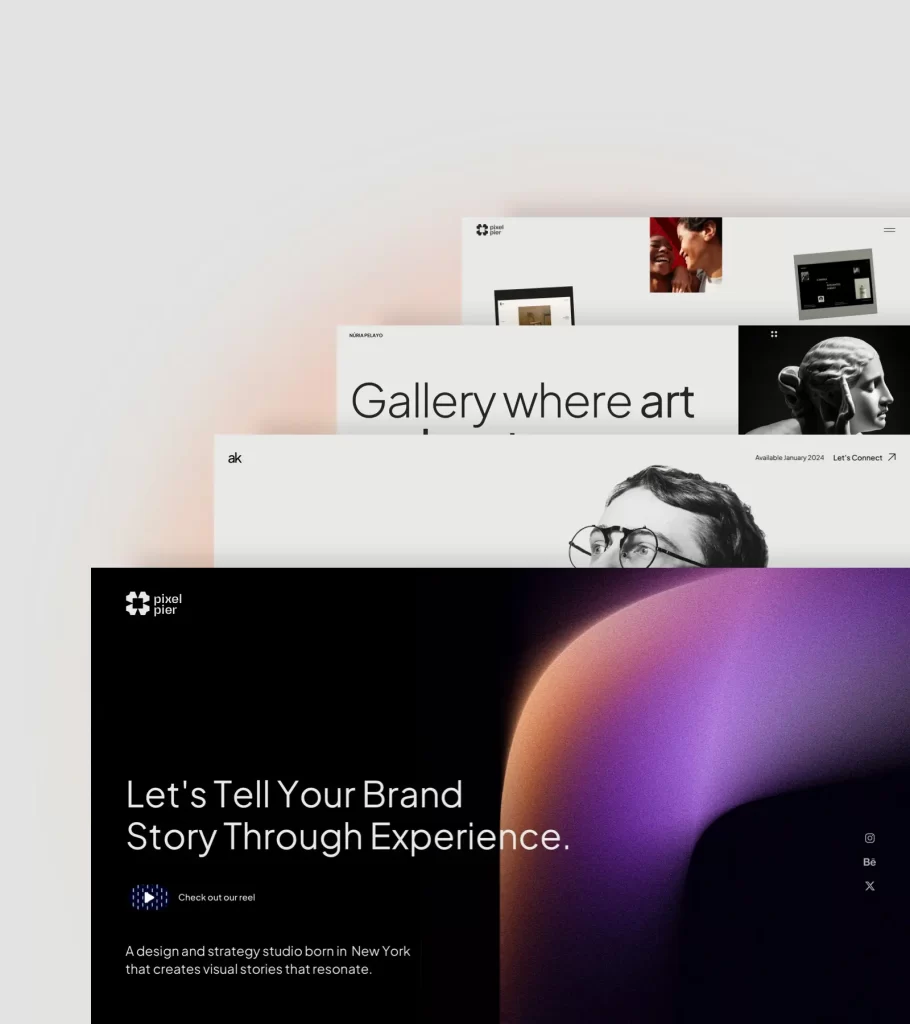The field of Artificial Intelligence (AI) is experiencing unprecedented growth and innovation, with transformative potential across multiple sectors. As developments continue to evolve, three prominent areas of focus have emerged: the Social Dynamics of Artificial General Intelligence (AGI), the application of AI in healthcare, and the integration of AI into internal communications within organizations. Understanding these trends is essential for both industry professionals and the general public as they navigate the complexities and opportunities that AI presents.
.
**Social Dynamics of AGI: Bridging Human and Machine Intelligence**
The concept of Artificial General Intelligence (AGI) represents a level of intelligence in machines that matches or exceeds human cognitive capabilities across all domains. Recent discussions have increasingly focused on the social dynamics surrounding AGI development. Researchers argue that as we approach the possibility of AGI, understanding the implications of its social impact becomes critical.
With AI systems becoming more capable, the relationships between humans and machines are changing. A notable development was the publication of a paper by researchers at MIT and Harvard, where they outlined a framework to analyze the social dynamics of AGI. Their research emphasizes the importance of incorporating ethical considerations into the design of these systems. Dealing with potential biases, misinformation, and social inequality that might arise as AGI systems evolve is essential.
As AGI technologies might one day assume roles traditionally held by humans, discussions around trust and reliability are increasingly prominent. How people perceive an AGI’s decision-making process could affect its acceptance in society. For instance, a system designed to provide healthcare advice has to be transparent and reliable, as any mistakes could lead to dire consequences.
Moreover, debates continue regarding the governance of AGI and who decides the moral frameworks it operates under. Engaging policymakers and ethicists in the AI development conversation ensures different perspectives are considered. Collaboration with social scientists will also help avoid potential pitfalls by examining the social fabric that AI systems will interact with.
The social dynamics of AGI raise profound questions. How do we ensure alignment of values between AGI and human society? What role will community feedback play in shaping the developers’ decisions? The ongoing dialogue among researchers, technologists, and the public is crucial in navigating these challenges and ensuring that AGI serves humanity’s best interests.
.
**AI in Healthcare: Revolutionizing Patient Care and Diagnosis**
The integration of AI into healthcare applications continues to reshape the medical landscape, providing innovative solutions for patient care, diagnostics, and operational efficiencies. In recent months, AI systems have shown remarkable progress in tasks ranging from disease detection to predictive analytics, thus improving patient outcomes.
A significant advancement in AI-driven healthcare was the development of algorithms capable of analyzing medical images more accurately than human radiologists. A collaborative study conducted by researchers at Stanford University, published in the *Journal of Medical Imaging*, demonstrated that a deep learning model could outperform experts in identifying certain lung diseases from chest X-rays. This capability is particularly critical in regions with shortages of healthcare professionals, ensuring that patients receive timely diagnoses.
Furthermore, AI’s role in personalized medicine is gaining traction. Algorithms that analyze genetic data enable tailored treatment plans based on individual patients’ unique responses to medications. The field’s potential was underscored by a recent partnership between tech giant Google and several research hospitals to develop a comprehensive AI system that uses electronic health records (EHRs) to recommend personalized treatment options based on a patient’s history. By significantly reducing the time clinicians spend sifting through data, such innovations can enhance decision-making and treatment efficiency.
Additionally, AI is proving invaluable in operational aspects of healthcare. Natural Language Processing (NLP) applications are streamlining administrative tasks, allowing healthcare practitioners to focus more on patient interaction rather than paperwork. The implementation of AI chatbots for patient interaction helps address common inquiries, schedule appointments, and even conduct preliminary assessments, leading to enhanced patient satisfaction.
However, the integration of AI in healthcare also presents ethical dilemmas, particularly concerning data privacy. Ensuring that AI systems comply with stringent healthcare regulations, such as HIPAA in the United States, is paramount. Ongoing discussions focus on how to strike a balance between leveraging AI’s capabilities and safeguarding patient confidentiality, emphasizing the need for transparent data usage policies.
Overall, AI is revolutionizing healthcare by enhancing diagnostics, personalizing treatments, and improving operational efficiencies. As innovations continue, the collaboration between technologists, healthcare professionals, and policymakers remains critical to ensure these advancements benefit global health.
.
**AI for Internal Communications: Transforming Workplace Dynamics**
Organizations are increasingly leveraging AI technologies to streamline internal communications, enhancing collaboration and workflow efficiency. As remote work becomes the norm, AI’s role in fostering connectivity among team members is more crucial than ever. Noteworthy developments in this area include the use of AI-driven tools for automating communication, managing information overload, and enhancing employee engagement.
One prominent application is AI-powered chatbots that enhance communication channels within organizations. These chatbots can handle routine inquiries, allow employees to access company resources quickly, and facilitate quick decision-making. For example, a recent study conducted by Deloitte demonstrated that companies using AI chatbots experienced a 30% reduction in email volume, freeing employees’ time and reducing distractions.
AI’s role in information management cannot be overstated. Many organizations are employing AI algorithms that intelligently filter and prioritize information based on employee roles and preferences. By curating information tailored to individual needs, organizations can mitigate the negative impacts of information overload, which has been linked to decreased productivity and employee burnout. Tools that analyze internal communication patterns help identify knowledge gaps, providing management with insights to reallocate resources effectively.
Moreover, AI extends into enhancing employee engagement practices. Analysis of communication data can uncover sentiment trends within teams. This insight allows human resources to respond proactively to potential issues or morale dips before they escalate. AI-driven analytics equips leaders with tools to create more positive workplace cultures and address employee concerns more effectively.
Despite the benefits, the introduction of AI into internal communications raises questions about job displacement and the need for skills adaptation. Organizations must ensure employees are equipped with the necessary skills to work alongside AI technologies, encouraging continuous learning and development. Similarly, establishing clear guidelines around the use of AI can assist in fostering a culture of trust.
The integration of AI into internal communications is transforming workplace dynamics, enhancing collaboration, and streamlining processes. As organizations navigate this evolution, balancing efficiency with employee autonomy and job security will be vital for long-term success.
.
**Conclusion: Embracing AI’s Potential Across Domains**
The advancements in AI across various sectors illustrate the technology’s transformative potential. The discussions around the social dynamics of AGI highlight the importance of ethical considerations, while healthcare innovations stress the role of AI in improving patient care and operational efficiencies. Additionally, the integration of AI in internal communications underscores how organizations are adapting to the changing workplace landscape.
As AI continues to evolve, fostering an interdisciplinary approach that includes ethicists, healthcare professionals, technologists, and organizational leaders will be essential. By embracing these developments holistically, society can navigate the complexities of AI while maximizing its benefits and mitigating risks. The future of AI holds great promise, offering powerful tools to address some of humanity’s most pressing challenges when approached thoughtfully and collaboratively.
Sources:
– MIT and Harvard research papers on AGI social dynamics.
– *Journal of Medical Imaging* study from Stanford University.
– Deloitte study on AI-driven internal communications tools.












